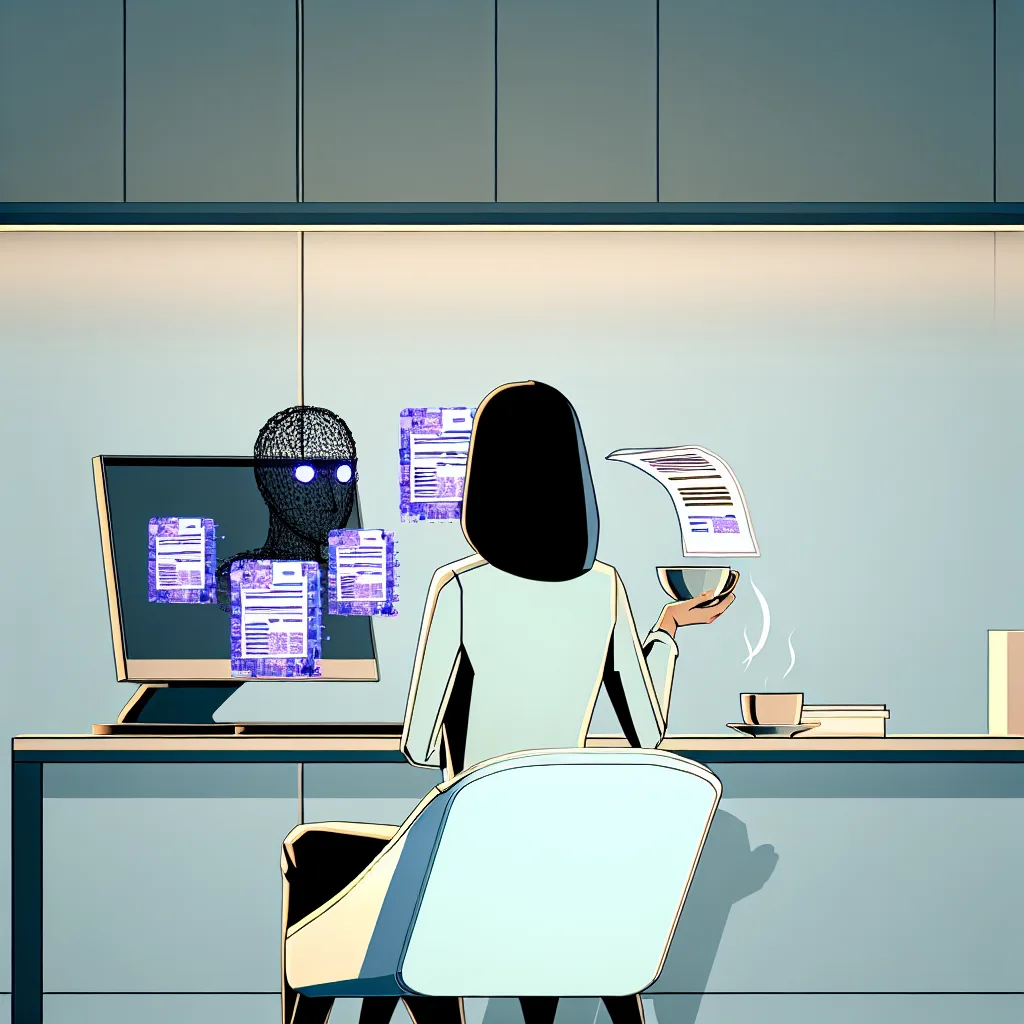How early AI adoption changed the way I worked and opened new doors
When I think back to the days of early AI adoption, I can’t help but smile at how much it tweaked the way I worked and opened up doors I didn’t expect. Back then, not many folks knew about AI or its practical uses in daily work. But for those of us who got in early, it wasn’t just about the tech buzz — it truly transformed our workflow and sometimes even our careers.
What Early AI Adoption Looked Like
In those early days, I used AI to tackle tasks that usually ate up a lot of time. For example, I wrote detailed use cases that caught the attention of executives because the AI-assisted draft was clear and thorough. Instead of spending hours drafting documentation for our code base, I would let AI handle the first pass, then I’d tweak it as needed. It wasn’t just about saving time; it was about getting a higher quality product faster.
One of my favorite experiences was when I needed to create a scope of work contract. I simply fed AI with the milestones and dates, and it whipped up a solid draft with just a prompt: “Make a Scope of Work Contract (SOC) based off these milestones, and dates: PASTE DATA.” What amazed me the most was how little legal had to change when they reviewed it. If AI could draft contracts that close to final, it made me wonder how jobs in legal professions might shift — maybe more toward strategy and people skills.
Why Early AI Adoption Matters Today
Early AI adoption wasn’t just a novelty or convenience; it highlighted how AI can boost productivity and accuracy. For those who weren’t afraid to experiment, it not only sped up processes but also brought their contributions into sharper focus. Whether it was documentation, contracts, or even brainstorming ideas, AI became like a reliable colleague.
You can see this kind of practical use reflected in companies that embrace AI tools today. Whether it’s through automated content generation, codebase documentation, or contract drafting, organizations are reaping benefits similar to what I experienced years ago. For more insights on AI’s impact in the workplace, check out resources from OpenAI and McKinsey on AI adoption.
How to Get Started with Early AI Adoption Today
It’s not too late to bring AI into your workflow, even if you missed the first wave. Here’s how you can start:
- Identify repetitive tasks that take up lots of your time.
- Look into AI tools that generate text, summarize documents, or help draft contracts.
- Test simple prompts and adjust them to fit your needs.
- Collaborate with your legal or compliance teams early to ensure accuracy.
Early AI adoption means being curious and willing to experiment. It doesn’t mean blindly trusting AI, but rather using it as a powerful helper.
If you want to dive deeper, the Harvard Business Review has great articles on integrating AI strategically in your work.
Wrapping It Up
Using AI before it became mainstream showed me how much potential it held. It’s like having an extra hand that’s fast, detail-oriented, and always ready to pitch in. The key takeaway from early AI adoption is clear: the tech can help us shift from doing tedious tasks to focusing on strategy and creativity. And that, in my book, is a pretty good deal.
So, if you haven’t yet, give AI a try in your workday. Who knows? It might just change how you approach your job too.
